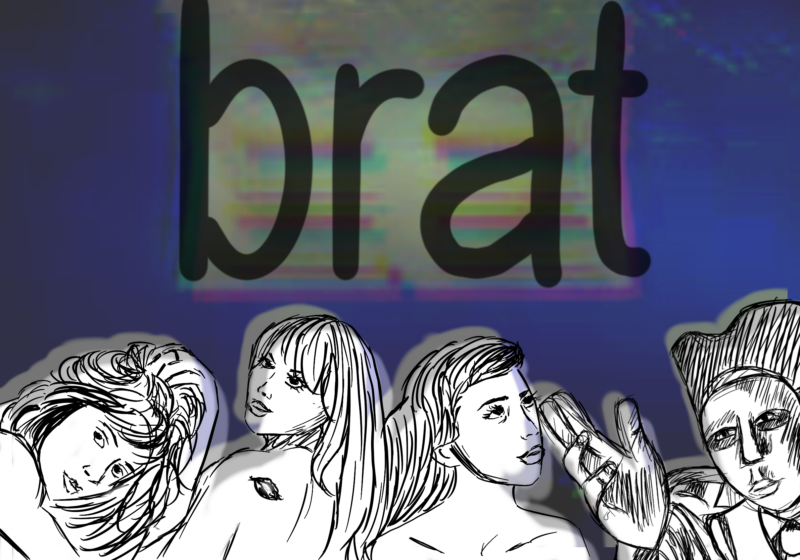UR has expressed confidence in its admissions policy while remaining on the sidelines in a growing national debate on early decision.
Since a September article in the Atlantic Monthly called on America’s top colleges and universities to abandon or reform their binding early decision programs, prominent voices in academia have begun to publicly discuss the costs and merits of the current system.
Yale President Richard Levin created a stir by opposing early decision during an interview with the New York Times. “If we all got rid of it, it would be a good thing,” Levin said in the Dec. 13 article.
James Fallows, who wrote the Atlantic article, identified three problems with early decision, or ED, as it now stands. He found that it puts undue pressure on high schoolers, that it discriminates in favor of middle and upper class suburbanites, and that it is abused by universities to improve their rankings in U.S. News and World Report.
Applying Early
Students who wish to apply early must take the SAT early in their senior year of high school. Fallows argues that this often pushes the test-prep process and the college search back as far as students’ sophomore year of high school.
He also contends that students who feel that they need to apply early face increased pressure to perform during their first years of high school.
Fallows believes that ED is discriminatory because college recruitment and planning are earliest and most intense in suburban schools attended by middle and upperclass students.
Critics also argue that wealthier students are favored by their ability to visit schools more easily and by the fact that accepted students are bound to attend before receiving their financial aid packages. Students forego the opportunity to compare aid offers by applying early.
“Everyone involved with the early-decision process admits that it rewards the richest students from the most exclusive high schools and penalizes nearly everyone else,” Fallows writes.
There is the potential, Fallows points out, for schools to manipulate two important statistics, acceptance rate and yield, by accepting a large percentage of students through ED.
Effects
A university accepts a certain number of students expecting a given percentage of them to actually enroll. That percentage, the expected yield, varies from about 20 percent to 60 percent at competitive universities.
However, for students admitted early decision, because they are bound to matriculate, the yield is nearly 100 percent. Schools need to admit only one ED applicant to know that a slot will be filled, but with regular applicants they might have to admit four or five.
For example, take a University X that receives 500 early applications and 5,000 regular applications for 1,000 freshman class slots, at which one in five regularly accepted students matriculates.
If University X accepts 250 of the early candidates, it will need to accept 3,750 of the regular applicants. This results in an acceptance rate of 4,000 out of 5,500, or 73 percent, and a yield rate of 1,000 out of 4,000, or 25 percent.
However, if University X were to accept all five hundred early applicants, it would only have to admit 2,500 regular candidates. This results in the lower acceptance rate of 3,000 out of 5,000, or 60 percent, and the higher yield rate of 1,000 out of 3,000, or 33 percent.
Acceptance rate and yield are signs of selectivity and prestige considered by U.S. News, where Fallows was editor from 1996-1998, in formulating its annual rankings. The numbers are also touted by colleges and universities in their own literature, and presented in Peterson’s and other college guides.
Fallows attributes part of the rise in prestige of universities such as Columbia and the University of Pennsylvania to their manipulations of these statistics.
Both admit large proportions of their freshman class early and both exhibit significant disparities between acceptance rates for early and regular applicants. Columbia admitted 40 percent of the earlies and 14 percent of the regulars were accepted.
UR’s admissions pattern suggests that it has not engaged in statistical manipulation. According to Director of Admissions Jamie Hobba, ED enrollees have represented 16-17 percent of the UR freshman class in the last two years and the difference between the acceptance rates for early and regular applicants has been less than one percent.
“Some of the recent media attention given to early programs has confused students and generated myths,” says Hobba. “The vast majority of colleges do not admit a majority of their students early.”
Defenders of ED argue that it allows schools to select classes with the range backgrounds and abilities that they are looking for. Because nobody knows which regularly accepted students will choose to enroll, ED can be used to mitigate geographical, ethnic, and gender imbalances and to avert scenarios such as a freshman class with six quarterbacks and no wide receivers.
ED supporters also point out that it allows schools to take a student’s first-choice preference into consideration. Princeton Dean of Admissions Fred Hargadon emphasized this factor in the Atlantic.
“To be able to admit precisely the kinds of students we seek from among those who have decided that Princeton is where they want to be is far more “rational” than the weeks we spend in late March making hairline decisions among terrific kids without the slightest knowledge of who among them really wants the particular opportunities provided by Princeton and who among them could care less or, worse, who among them is simply collecting trophies,” Hargadon said.
Hobba feels that admitting students who have made a commitment to UR as their first choice has positive effects for both the ED students and the university community. “That changes the tone of the campus,” he said.
Contrary to the additional pressures that Fallows claims ED puts on applicants, some point out that ED reduces stress for accepted students. “They can avoid the ordeal and pressure of making multiple applications to different colleges and waiting until April to see where they have been admitted,” says Hobba.
“Knowing that I had gotten into my first choice by Christmas break made the rest of my senior year much more relaxing,” said senior Maria Ferrante, who attended Webster High school and was admitted early to the class of 2002. “I knew that I was all set while everybody else was stressing out.”
ED critics have suggested possible courses of action including capping the percentage of a class that is admitted ED and doing away with early programs altogether. It is widely believed that such a move would have to be initiated by a few of the nation’s top schools, such as Harvard, Stanford, and Yale, which could then either persuade or shame other schools into joining the effort.
Hobba’s experience with early decision at UR has left him of the opinion that its benefits outweigh its costs. “Regardless of early programs’ existence, some students will continue to spend precious time strategizing about where to apply rather than looking for the place that best meets their needs,” he said. “The current system seems to be serving our students well.”
Brach can be reached at jbrach@campustimes.org.



